”Soranpo Yokkaichi" is located within a few minutes' walk from Kintetsu Yokkaichi Station. There are three facilities in the museum: "Yokkaichi Municipal Museum" has a permanent exhibition "Toki-Ku-Kaido" with life-size dolls, a planetarium certified as the best in the world, and "Yokkaichi Pollution and Environmental Museum for Future Awareness" to understand Yokkaichi from an environmental perspective, allowing visitors to enjoy learning about the history and culture of Yokkaichi City while experiencing it.
Many parents and children visit the museum for free research during summer vacation. Why not visit with your family on holidays or consecutive holidays?
This time, we will report on the highlights of Yokkaichi Municipal Museum!
Table of Contents
What kind of facility is Yokkaichi Municipal Museum?
Yokkaichi Municipal Museum opened on November 1, 1993, and then reopened on March 21, 2015. It was established with the aim of fostering a sense of respect for one's hometown, connecting generations, and increasing the creativity of citizens.
The facility has different exhibits on each floor from the 1st to the 5th floor, and you can see different exhibits on each floor.

Museum map (Source: Yokkaichi Municipal Museum website)
On the first floor, there is a lobby, museum store, library section, and exhibition, exchange, and learning space. Yokkaichi Pollution and Environmental Museum for Future Awareness" on the second floor displays the history of Yokkaichi from the Meiji Era to the present day from an environmental perspective. The second and third floors provide an overview of Yokkaichi from primitive and ancient times to the present day.
On the 4th floor, different exhibitions are held depending on the season, and on the 5th floor there is a planetarium "GINGA PORT 401" that reproduces the beautiful starry sky.
Various programs are projected in the planetarium, and during the summer vacation season, there are programs in collaboration with animation!
The museum was designed with exciting features throughout the museum so that children could have fun exploring and experiencing it. Let's take a look at Yokkaichi Municipal Museum!
The number of stars is the highest in the world! ? Attention to detail
Planetarium "GINGA PORT 401"

Planetarium projection image (Photo provided by Yokkaichi Municipal Museum)

Planetarium seats
The planetarium "GINGA PORT 401" is located on the fifth floor of the museum. With the theme of a space port, visitors can experience a port as if they were going out into space to view the earth and visit various celestial bodies.
Its greatest feature is a projector that projects more than 140 million stars, the largest number in the world. This projector was created for GINGA PORT 401 by integrating state-of-the-art technology. The projector is capable of reproducing the unique colors of approximately 9,500 stars that can be seen with the naked eye, so you can enjoy a natural, colorful, and beautiful starry sky that fills your field of vision.

Projector that projects the world's largest number of stars
In addition to the equipment for projecting the beautiful starry sky, the environment for experiencing the program has also been meticulously detailed.
For example, the seats in the bleachers were newly developed for the planetarium. The seats are designed based on ergonomics, with multiple cushions of different hardness used on the same surface. The seats are designed based on ergonomics, with multiple cushions of different firmness used on the same surface, and are designed to provide a comfortable posture for looking up at the starry sky.
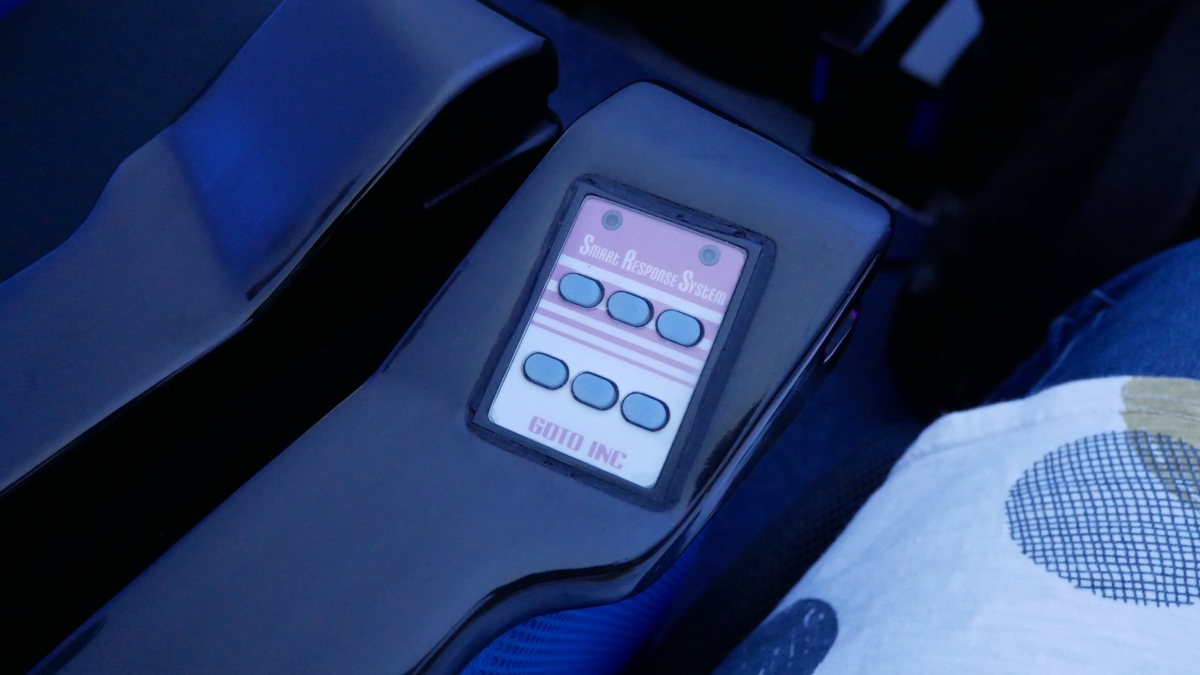
A palm-sized remote control is installed on the seat, and visitors can press a button to participate in quizzes and other events.
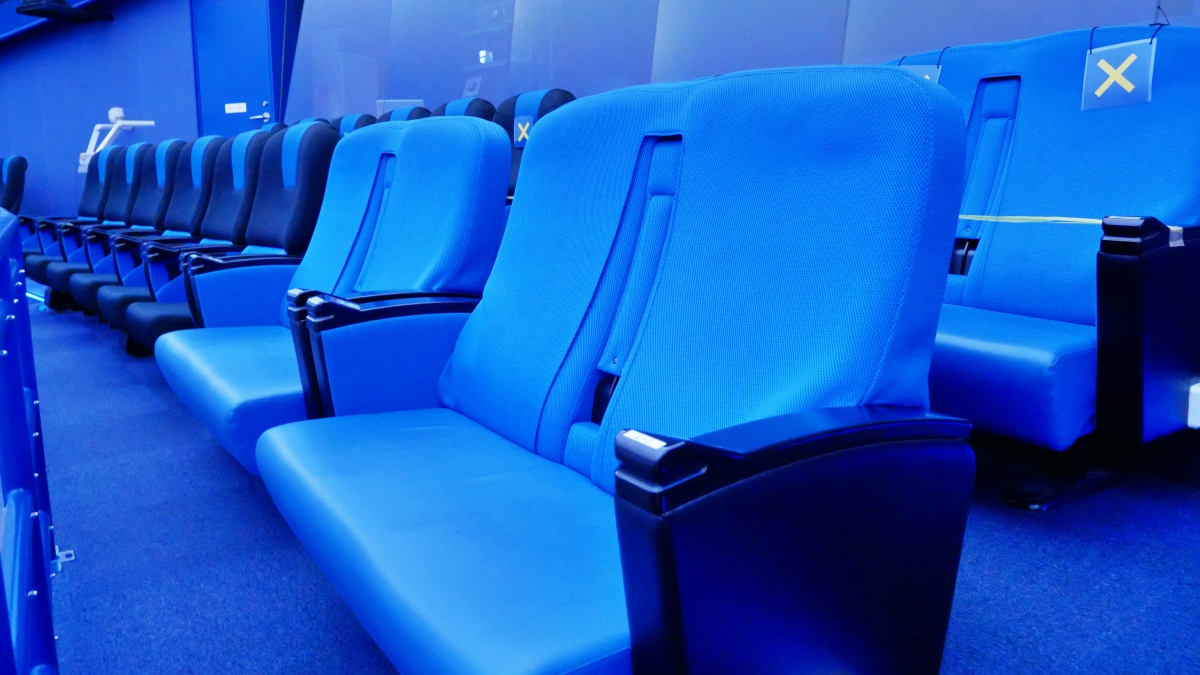
And if you have small children, there is also a seat where parents and children can sit. Soundproof rooms and wheelchair lifts have been designed to make it comfortable for as many people as possible.
There are "seasonal program slots" and "special program slots," which vary depending on the time of year. Seasonal programs are divided into two types: "family programs" in collaboration with cartoons and characters, and "general programs" in which you can enjoy the starry sky and the universe with beautiful music and images. Special programs are divided into three categories: "special nighttime programs," "children's programs," and "environmental programs".
You can check the projection schedule and program timetable on Yokkaichi Municipal Museum 's official website.
Check the program timetable here
Check the projection schedule here
Space like a spaceship!
Learn about the Universe at the Cosmic Gallery

On the same floor as the planetarium, there is also a panel exhibition "Cosmic Gallery" where you can learn about the celestial bodies of the solar system.
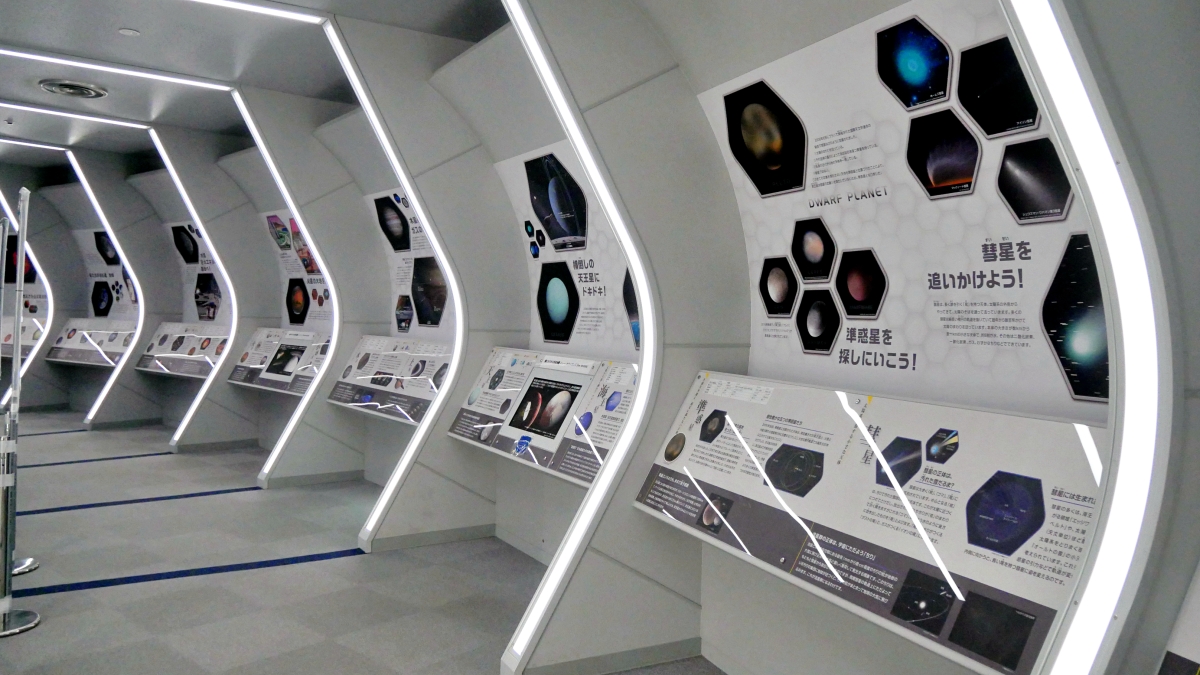
The corridor lined with neon-like lights looks like a passageway leading to the entrance of a spaceship! It is futuristic and exciting.
Here, visitors will find information about the celestial bodies of the solar system, as well as graphics with future creation charts. Supervised by an actual member of JAXA, they are explained in detail in an easy-to-understand manner.
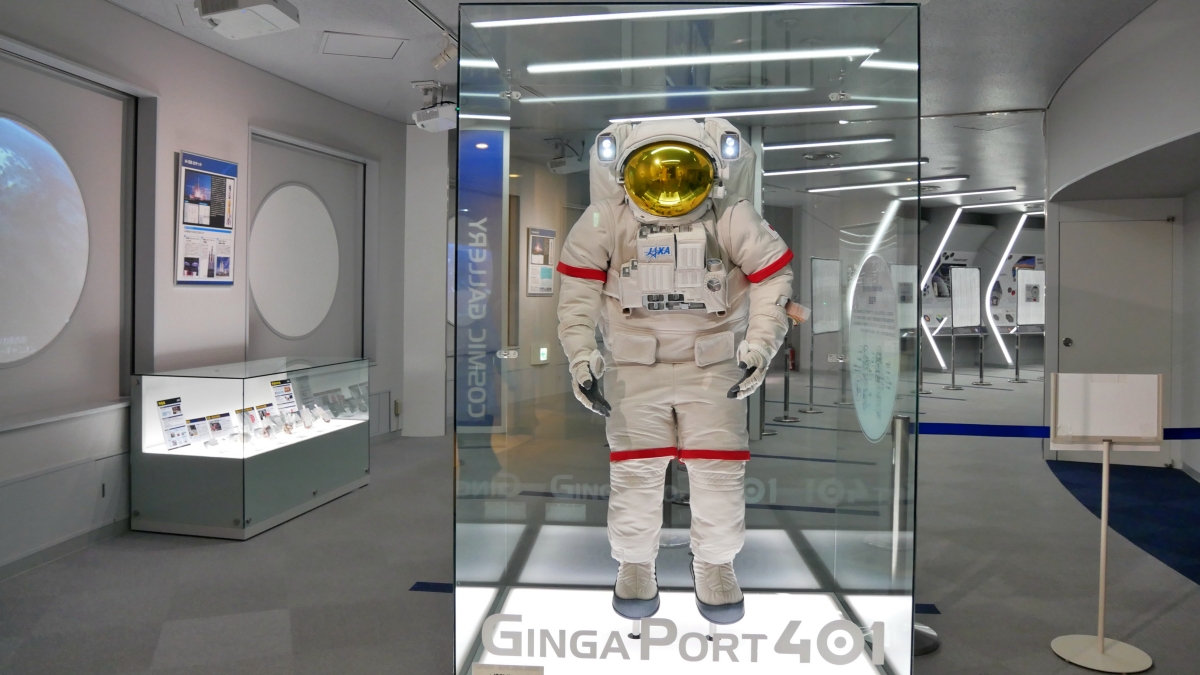
Spacesuits can also be seen up close.
Yokkaichi City signed an agreement with JAXA on space education activities in October 2012. Various efforts are being made to promote knowledge of space development and space in school classes, city-sponsored events, museums, and other locations.

cosmic lounge
In addition, in the Cosmic Lounge on the same floor, the museum and astronomy volunteers collaborate to offer astronomy classes and science craft classes. An environment is provided where visitors can enjoy learning about the universe.
Learn about the history of Yokkaichi City up until the Edo period!
Permanent exhibition "Space-Time Highway"
The Space-Time Highway on the 3rd floor is an experiential permanent exhibition where you can freely travel back and forth between time and space, and feel the development of Yokkaichi and changes in people's lives. The history of Yokkaichi from primitive and ancient times to the Edo period is expressed in full-scale detail.
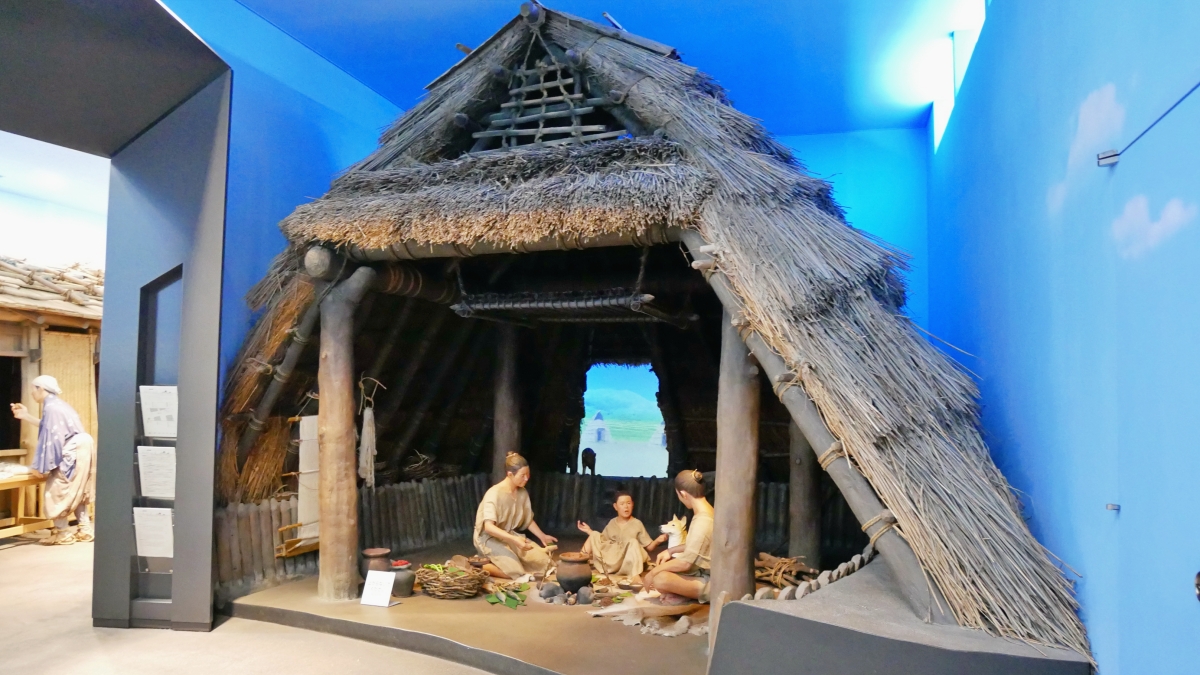
Kurube village in the Yayoi era
Entering the Space-Time Highway, visitors will find a recreation of life in the Yayoi era. This is a family of Yayoi people living in the village of Kurubara in Yokkaichi City. They are eating in a pit dwelling, which is a scene from about 2,000 years ago.
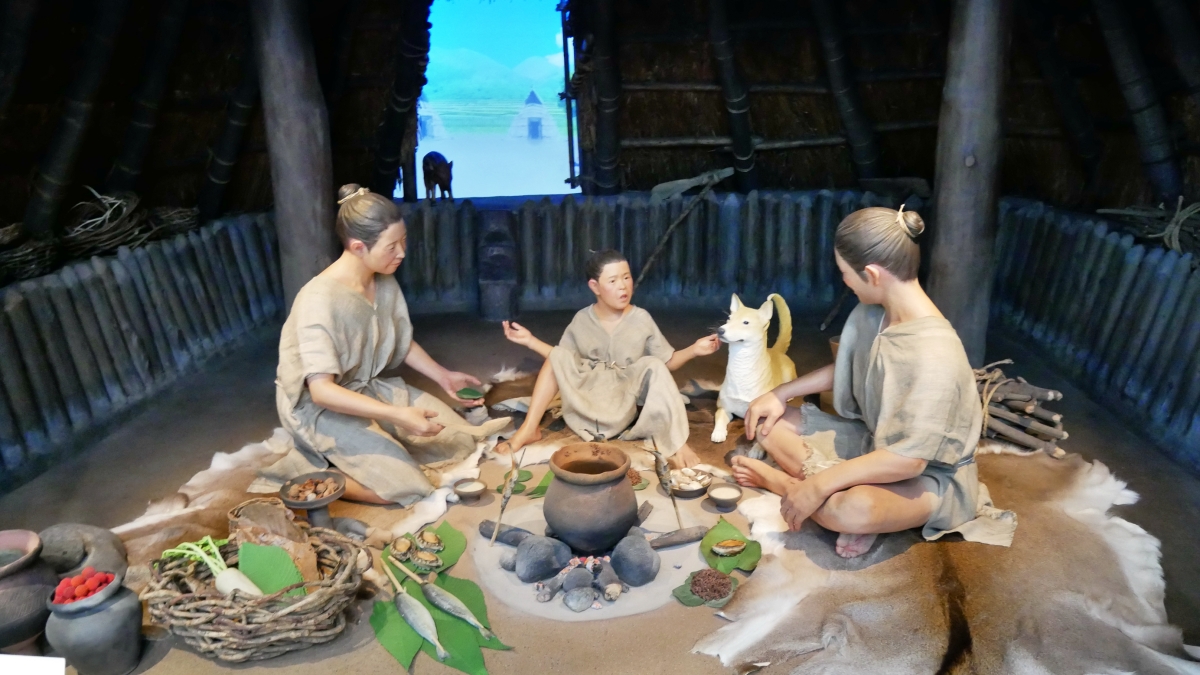
Inside the house, there is a family eating. The content of the meal, such as fish and vegetables, and the scenery reflected in the background change depending on the season. You can see the life of the Yayoi people in each season.
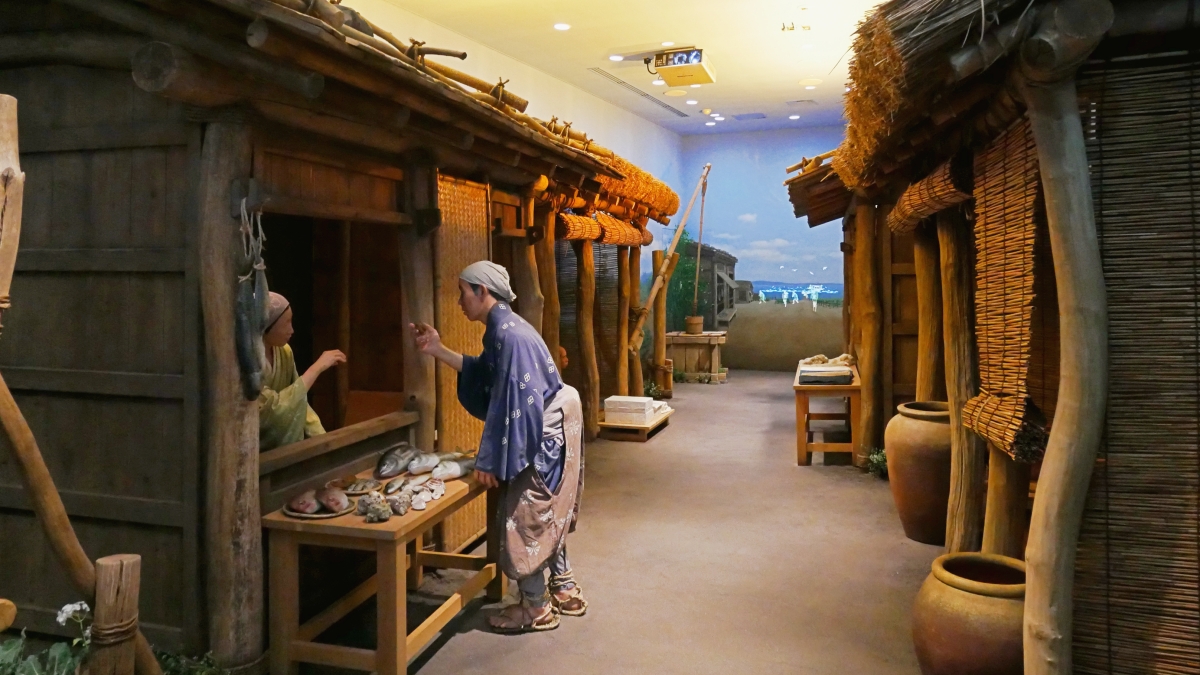
A four-day market held in the Muromachi period
The next scene is the Yokkaichi Market, which was held about 500 years ago. It is said that the name Yokkaichi came from the fact that the market was held on the fourth day of every month.
Shops were lined up along the road leading to Ise Bay, and there seems to have been a port called Yokkaichibaura in one corner of the market. Here you will find cloth, paper, clay pottery, seafood shops, and more.
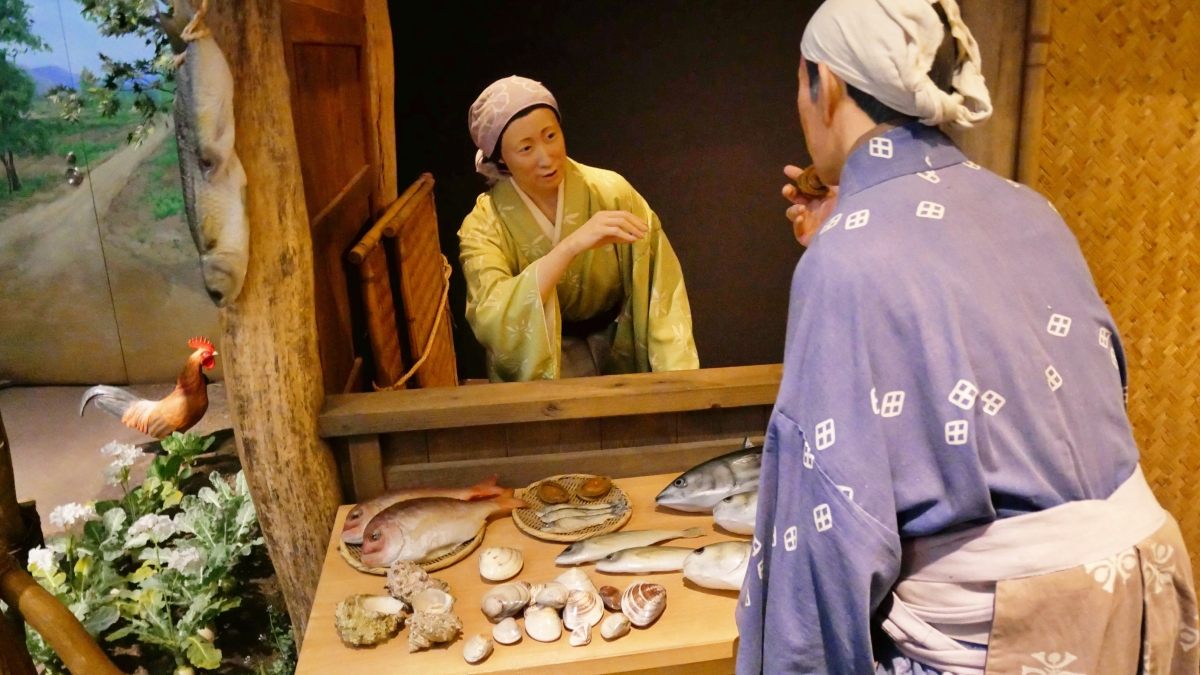
Up close, it looks so real! Are they making small talk and exchanging information, or are buyers haggling? Imagine the conversation, it seems more fun.
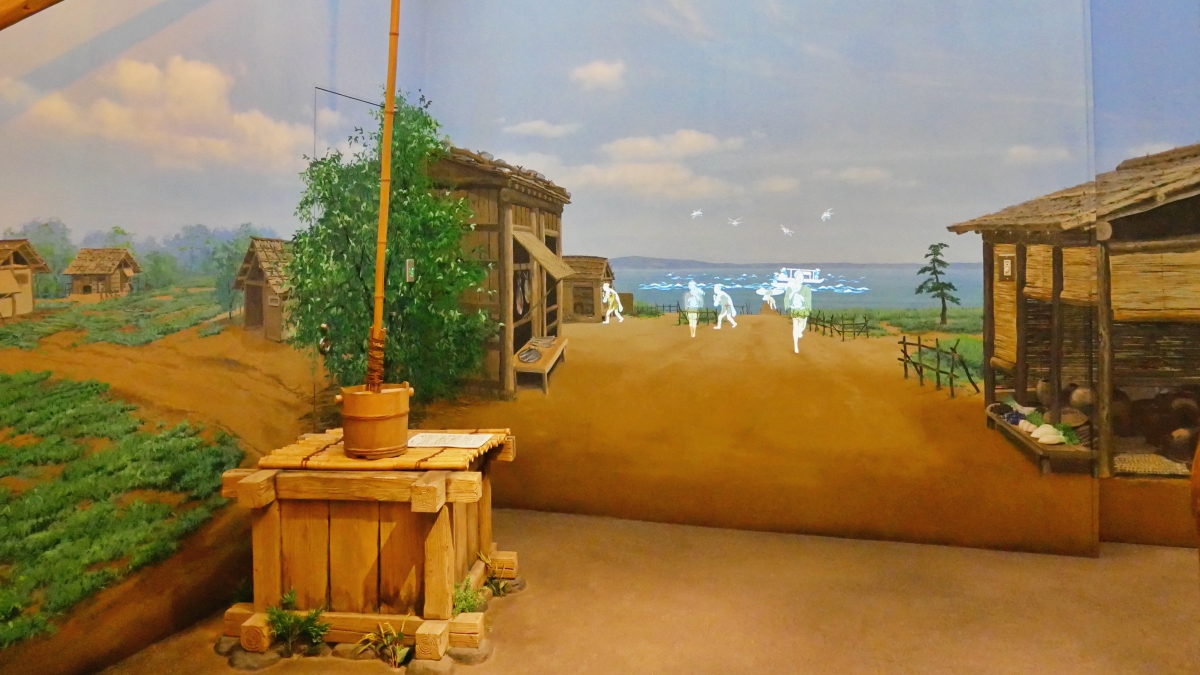
There is also a reproduction of Yokkaichi-baura in the back of the market. You can imagine how it was bustling and lively with many people at that time.

And if you go further, you will see Yokkaichi inn from the Edo period. In the Edo period, Ieyasu Tokugawa set up a post station between Kyoto and Edo, and established the "Tenma system" in which luggage and documents were transported in turn like a relay. These post stations were called "Fifty-three Stages of the Tokaido", and Yokkaichi-juku was the 43rd post station.
The post town is lined with lodging houses and Kosatsuba (official bulletin board), centering on the important facility "Toiyaba" that manages the management of people and horses.

Toiyaba
The Toiyaba, which is the most important facility in the post town, has a higher floor than the other buildings. This is so that the traveler can stand and talk to the seated officials.
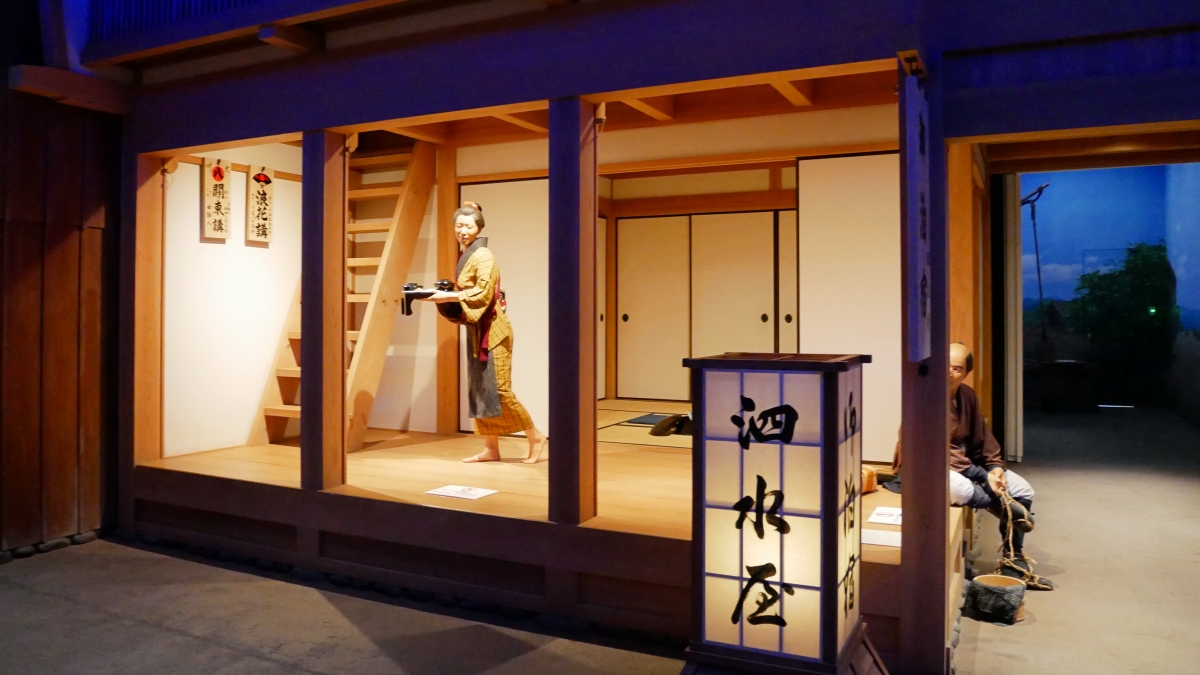
Hatagoya

teahouse
Between the inns, there was a resting place called "ma-no-juku," where tea stalls and other facilities were located. The tea stalls had a large earthen floor where hot water was boiled in a kamado and steamed buns were steamed in a seiro. There is a tatami room inside the store, but shogi (stools), are placed on the earthen floor or outside the store so that travelers can rest without having to take off their straw sandals.
It is also worth noting that the exhibition at the teahouse on the Space-Time Highway changes from spring to summer to Hinaga manju, and from autumn to winter to Tomita grilled clams.
Also, Space-Time Highway lights brighten and darken in 30 minutes, just like a day. Another feature is that you can see how the city's expression changes from morning to noon to night.
On the same floor as the Space-Time Highway, you can see the works and manuscripts of Fumio Niwa, an author who is an honorary citizen of Yokkaichi City, and the "Fumio Niwa Memorial Room", which reproduces his house.
Learn about modern Yokkaichi from the Meiji era onwards
“Yokkaichi Pollution and Environmental Museum for Future Awareness”

Exhibition space regarding the occurrence of pollution (Source: Yokkaichi Pollution and Environmental Museum for Future Awareness website)
If you go down the stairs from the 3rd floor where the Space-Time Highway is located, you will find Yokkaichi Pollution and Environmental Museum for Future Awareness on the 2nd floor.
On this floor, you can learn about the damage caused by pollution in Yokkaichi, and how citizens, businesses, and the government have worked to improve the situation.
Around 1955, when Japan entered a period of rapid economic growth after postwar reconstruction, large-scale factories were built one after another all over the country, including in Yokkaichi City. This resulted in a variety of pollution in the vicinity of the factories. In Yokkaichi City, air pollution caused a serious pollution problem known as "Yokkaichi pollution," in which many people complained of asthma symptoms.
“Minamata disease,” “Niigata Minamata disease,” “Itai-itai disease,” and “Yokkaichi Zensoku (asthma)” are the four major pollutions in Japan that many people remember learning about at school.
At Yokkaichi Pollution and Environmental Museum for Future Awareness, you can deepen your understanding of the situation at the time, the trials brought by the citizens who stood up for it, and the efforts by citizens, businesses, and governments to improve the environment through panels and videos that give you a sense of reality.
Exclusive goods at the museum shop
Available for purchase

1st floor museum shop (Photo provided by Yokkaichi Municipal Museum)
There is a museum shop on the first floor of the museum where you can purchase souvenirs and original goods. There are various goods such as "12 constellation cookies" and "clam pie", as well as original wrapping cloths. We also develop products related to JAXA and astronomical objects, as well as products related to projection programs.
Why not check it out as a memento of your visit?
Useful for free research and self-study!
Let's go to Soranpo Yokkaichi where you can enjoy learning!
Soranpo Yokkaichi is a learning facility that anyone can use for free (*). There is a wealth of content that even non-Yokkaichi residents can enjoy, including the Cosmic Gallery and Planetarium in partnership with JAXA, as well as the Space-Time Highway and Yokkaichi Pollution and Environmental Museum for Future Awareness.
Parents and children can enjoy themselves as there are many ways to make new discoveries for adults and children alike.
How about visiting Soranpo Yokkaichi, which is useful for independent research and self-study during summer vacation?
*There is a charge for viewing the planetarium. It can be purchased at the general reception on the 1st floor. Only same-day tickets are sold.
*Prices for the 4th floor vary depending on the exhibition.
![[Yokkaichi city] Let's Go to "Soranpo Yokkaichi" where you can Enjoy with your Family!|Outing Spots in Yokkaichi City>Museums & Science Museums|Life Life Designs|Traveling and Living in Nagoya, Aichi, Gifu and Mie](https://life-designs.jp/wp/wp-content/themes/wp-templ/assets/img/common/logo.svg)
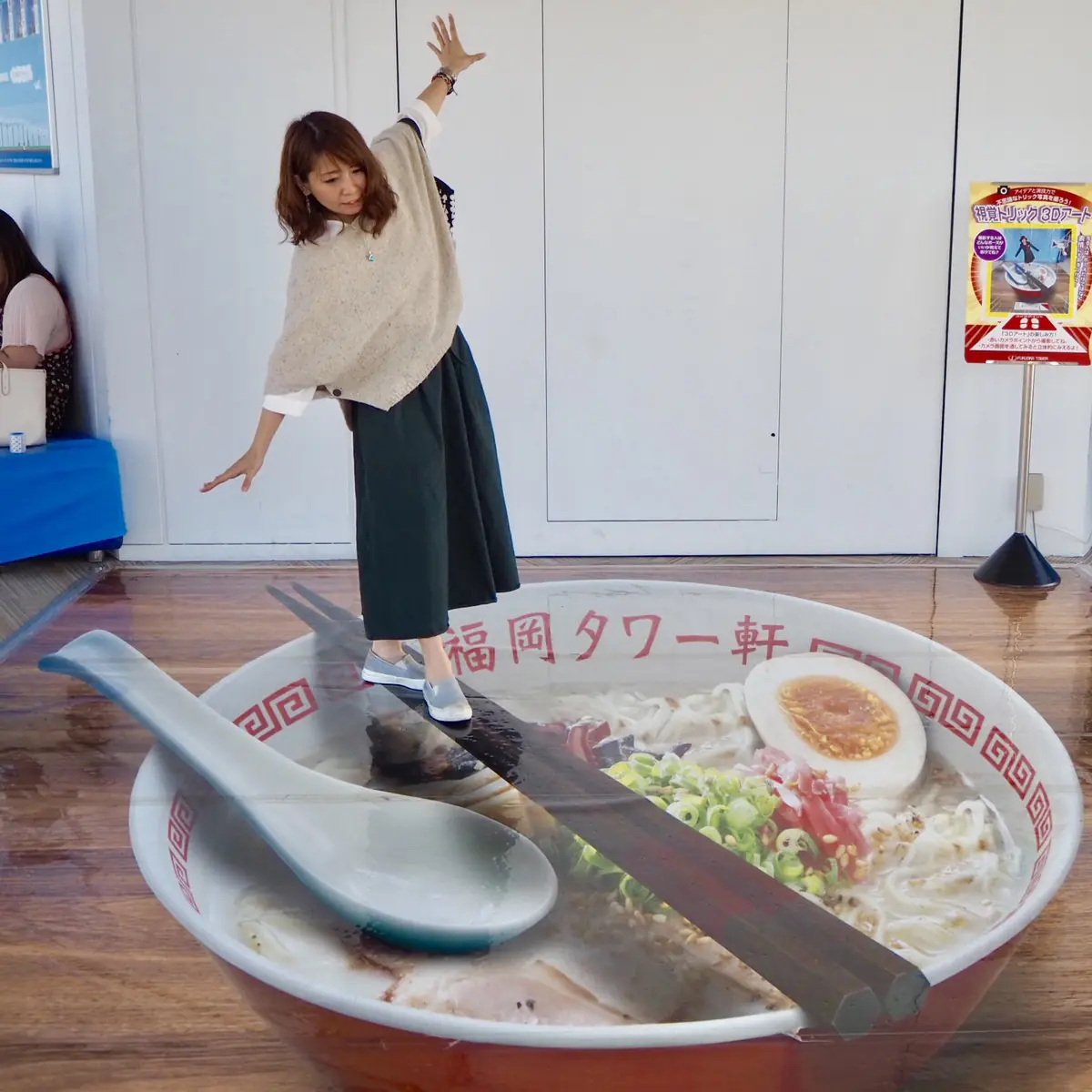
![[Yokkaichi city] Let's Go to "Soranpo Yokkaichi" where you can Enjoy with your Family!](https://life-designs.jp/wp/wp-content/uploads/2022/07/image4-9.jpg)
![[Tokai Area] Outing Spots for Family](https://life-designs.jp/wp/wp-content/uploads/2019/06/w1920x1088_family-1-1024x580.jpg)
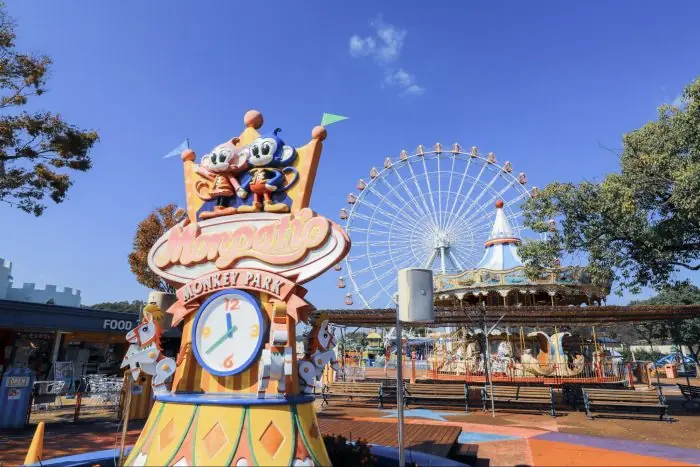
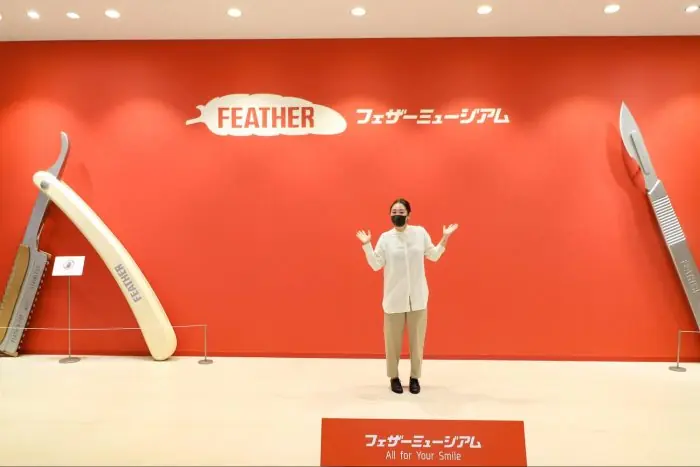
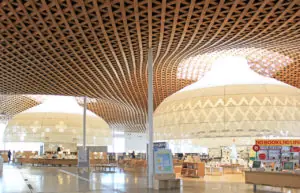
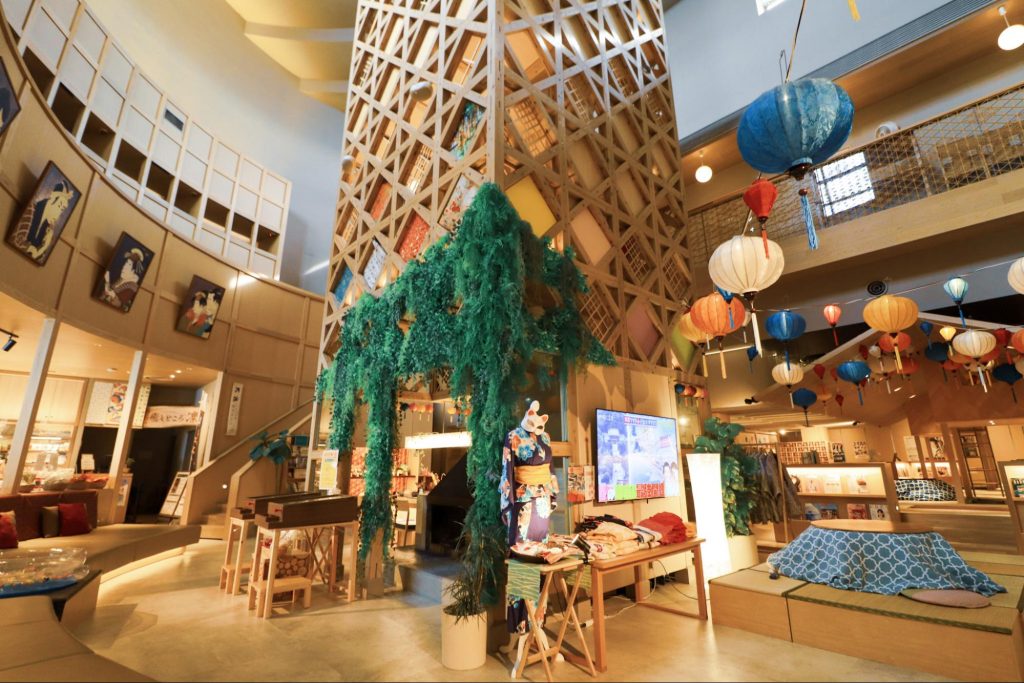

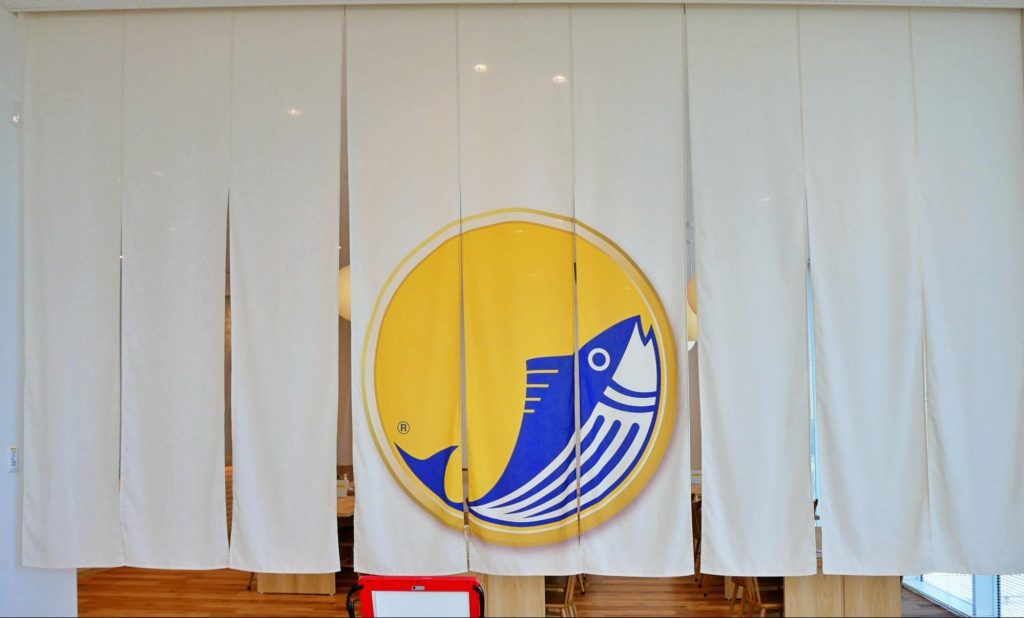
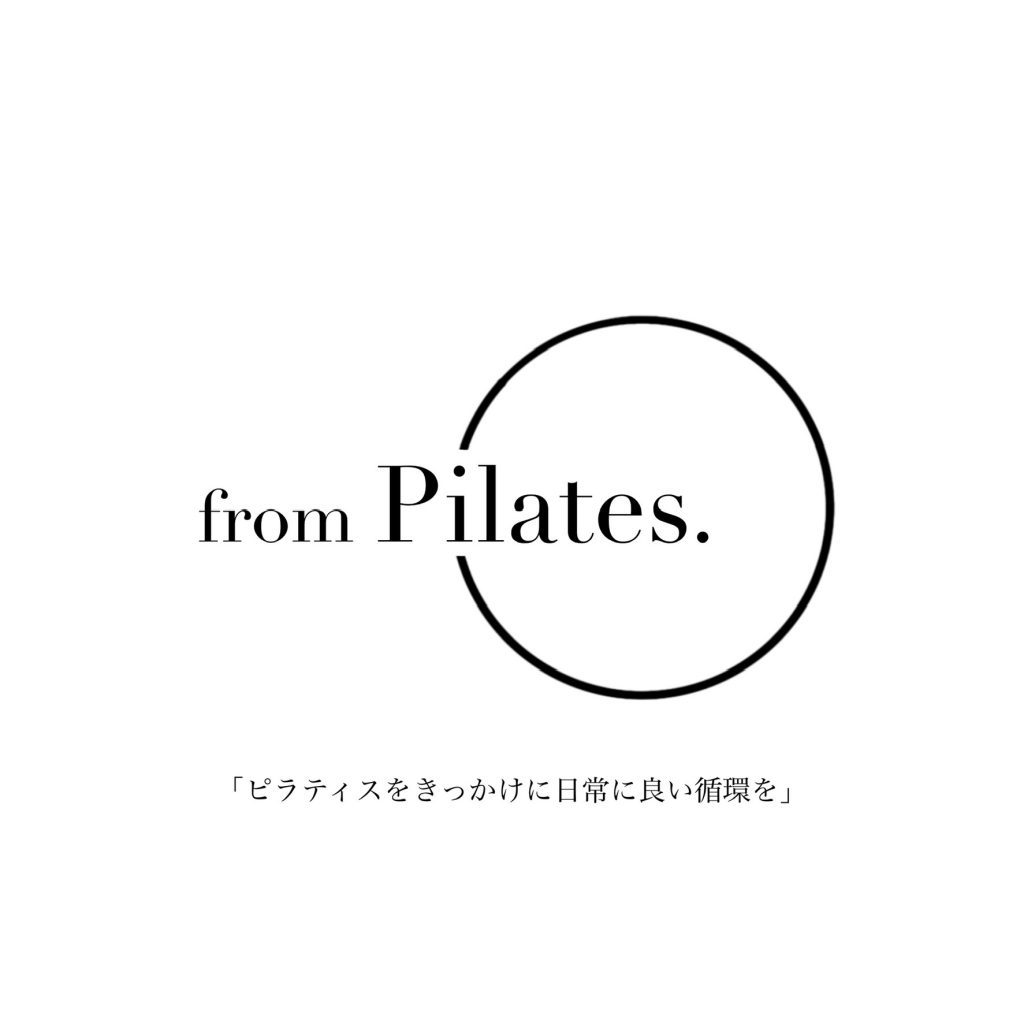
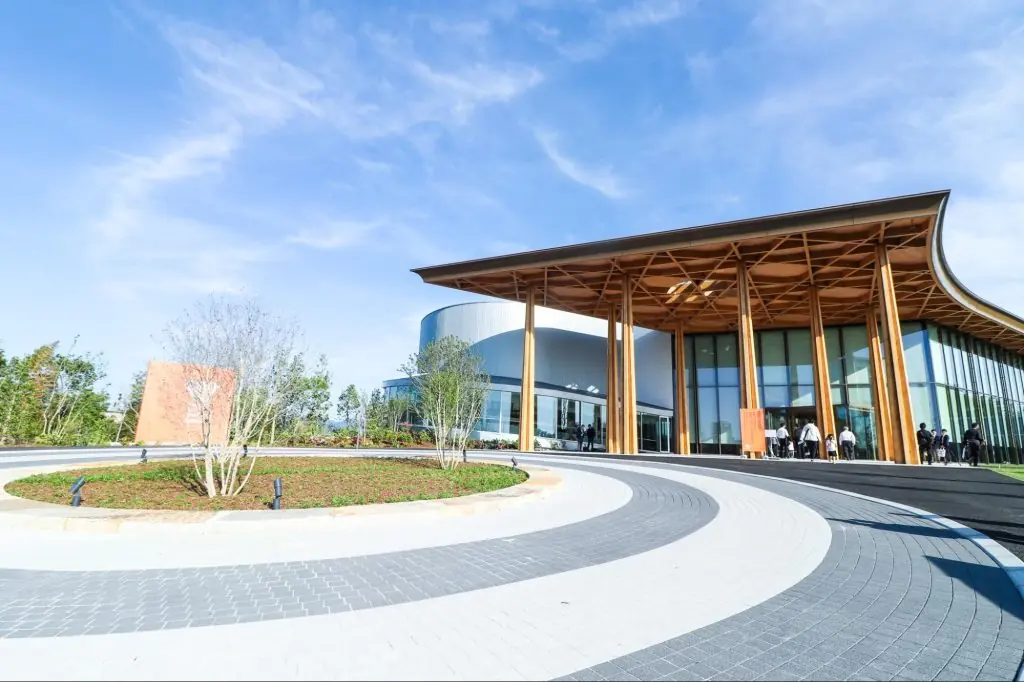
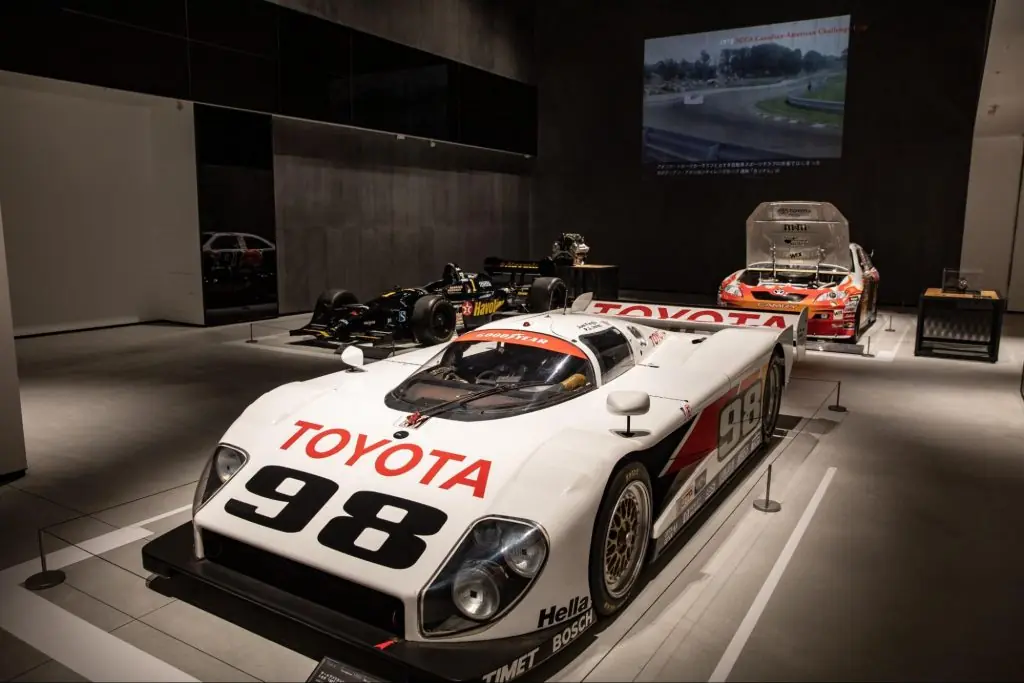
![[Aichi] 10 Must-Buy Souvenirs from Meiji Mura: Top Picks for Your Visit](https://life-designs.jp/wp/wp-content/uploads/2024/07/image11-14-1024x683.jpg)
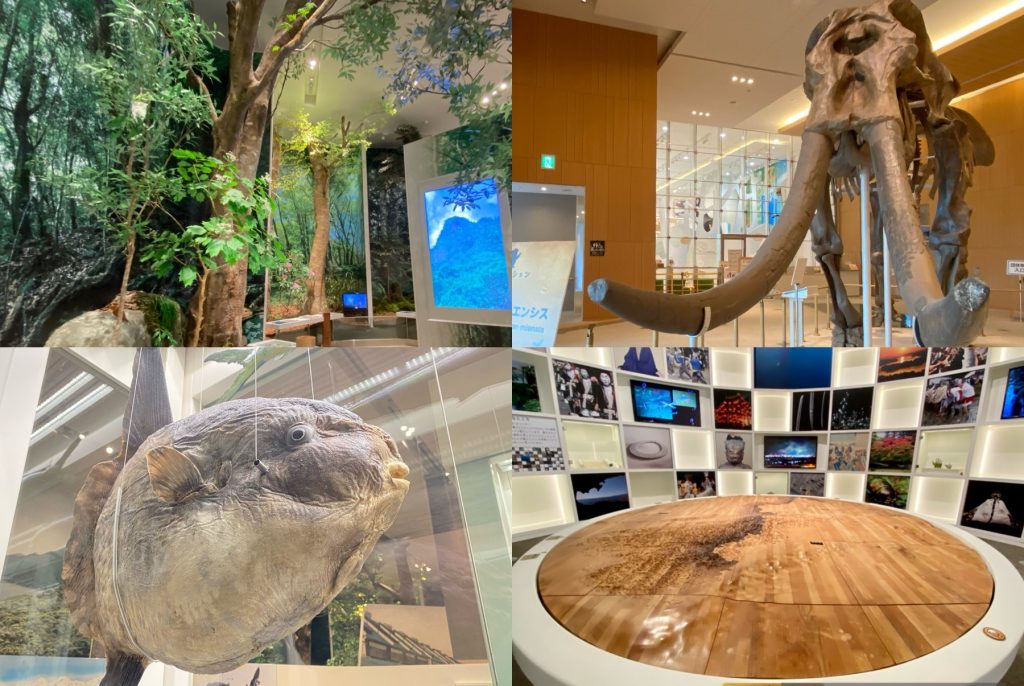

![[Indoor Facilities] Where to Go on Rainy Days in Tokai Area! For Family Outings!](https://life-designs.jp/wp/wp-content/uploads/2023/07/FotoJet-23.jpg)





![[Tokai Area] Place to Go on Rainy Days!](https://life-designs.jp/wp/wp-content/uploads/2022/03/f76405aaa33944a4ba88a131fbc56523-768x435.png)
![[Ghibli Park] Beginner's Guide](https://life-designs.jp/wp/wp-content/uploads/2023/07/ghiblipark_w1920h1088_20240422-768x435.png)
![[Special Feature] Enjoy Outdoor Activities!](https://life-designs.jp/wp/wp-content/uploads/2019/12/LD_banner_w1920x1088_outdoor-1-1024x580.jpg)
![[Osu Special Feature] A City of History and Uniqueness](https://life-designs.jp/wp/wp-content/uploads/2022/03/01_Osu-1-1024x580.png)
![[Tokai Area] Scenic Spots which You'll Never Forget](https://life-designs.jp/wp/wp-content/uploads/2019/12/LD_banner_w1920x1088_prospect-1-1024x580.jpg)
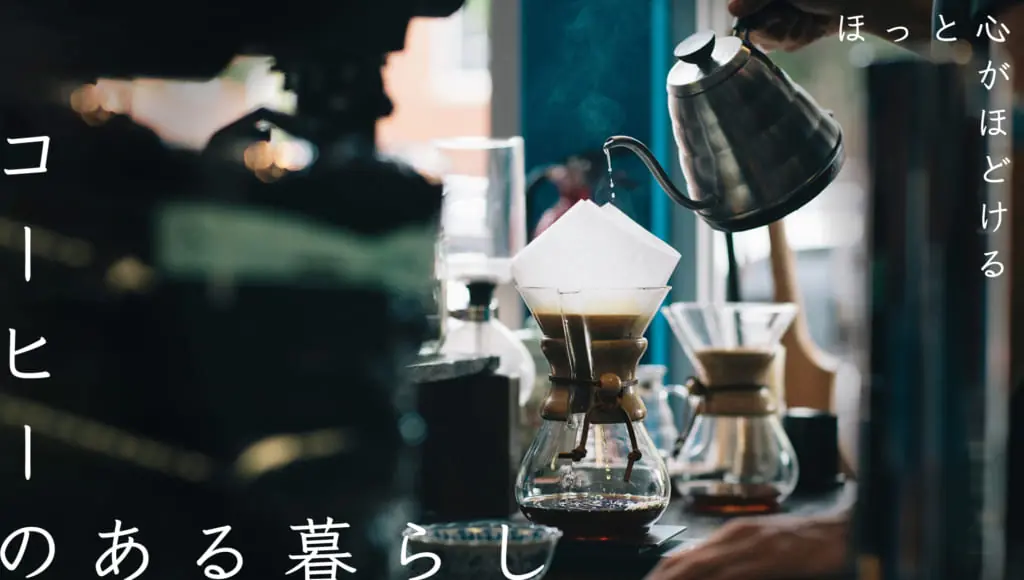
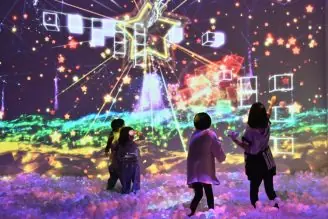

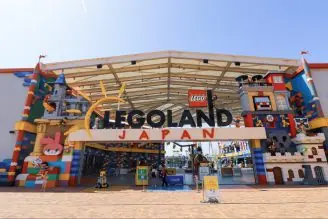
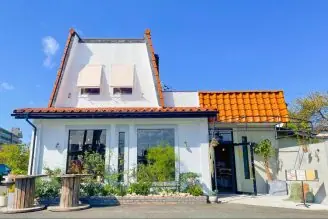
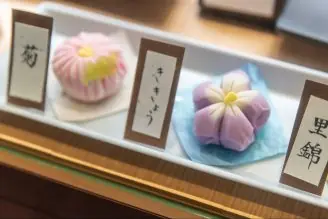
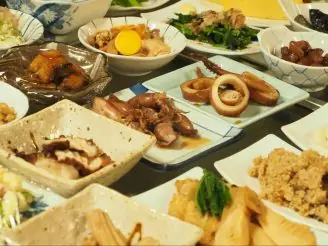
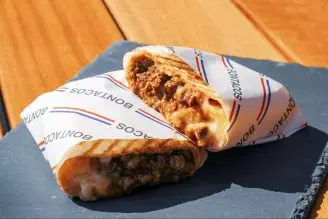
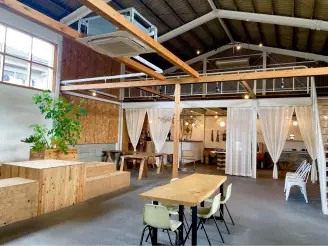
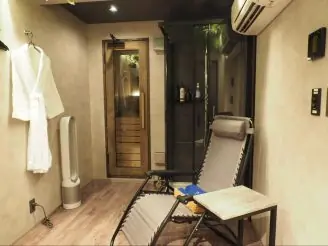


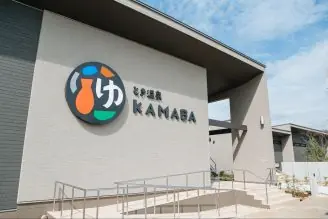
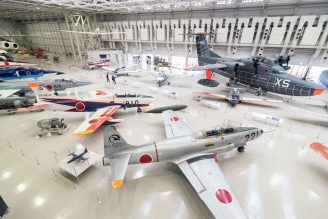
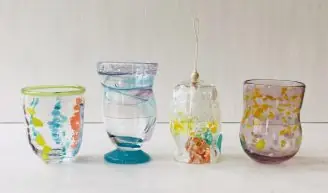
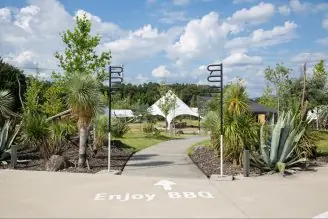
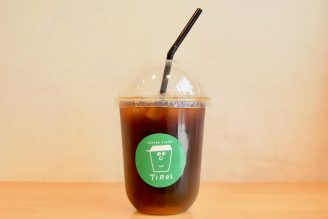
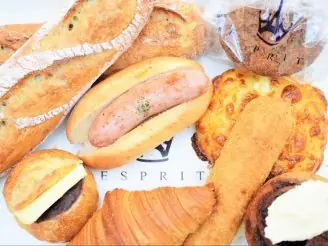
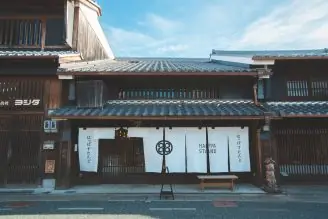
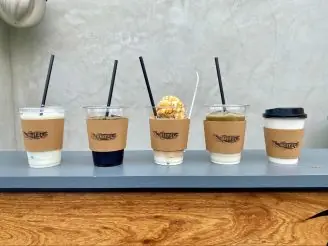

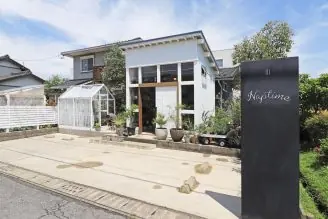

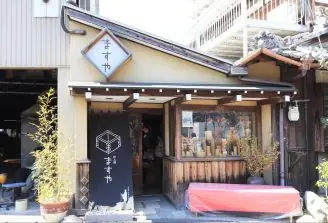
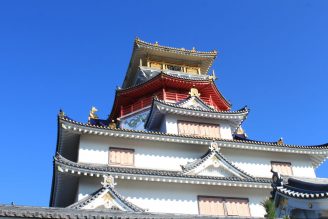
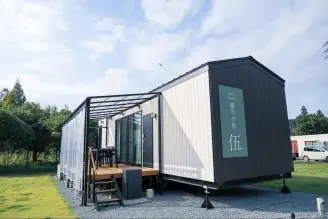
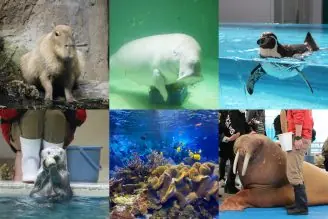
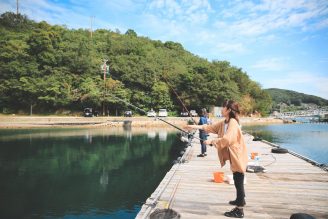

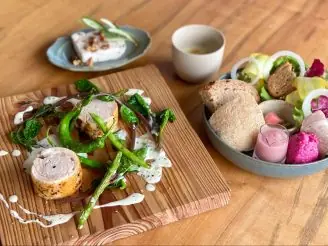
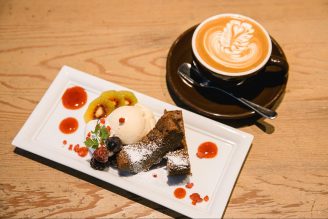

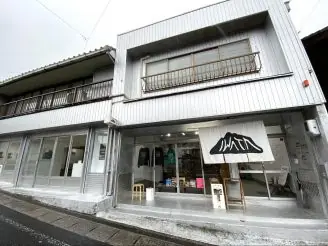
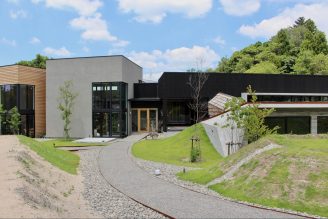
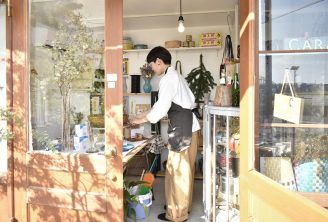
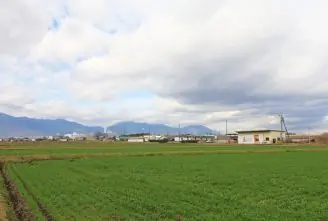
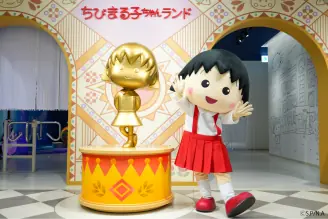

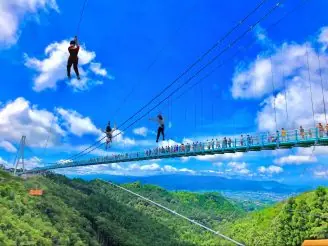
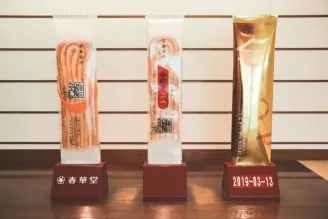
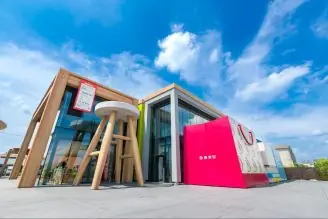



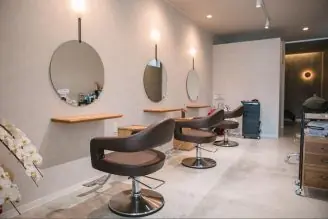


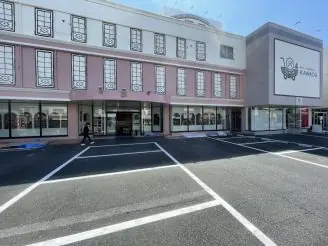
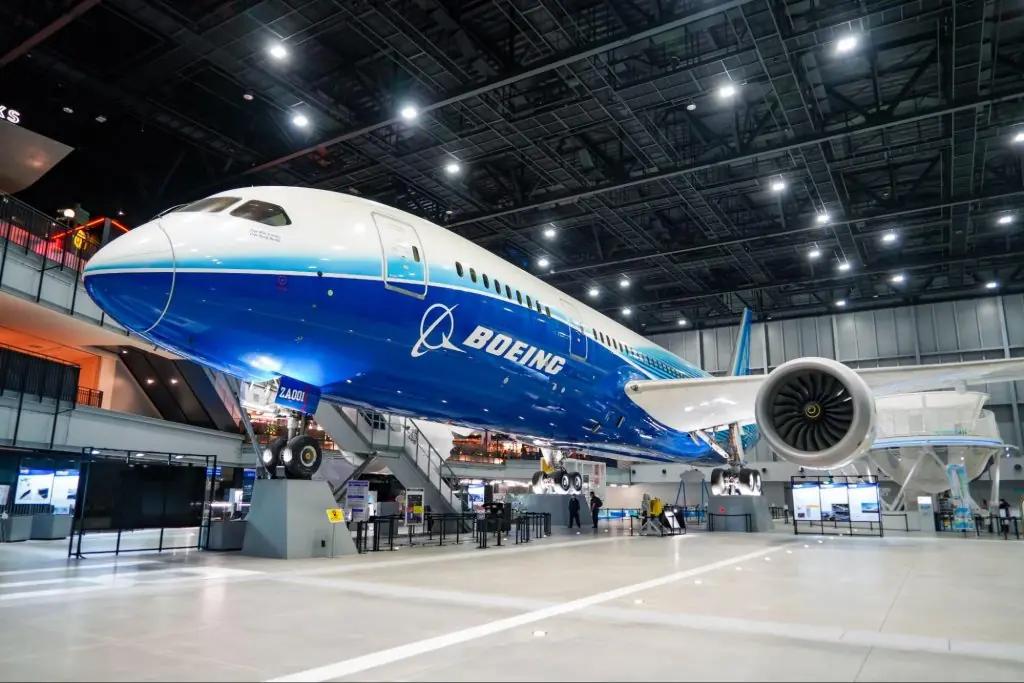
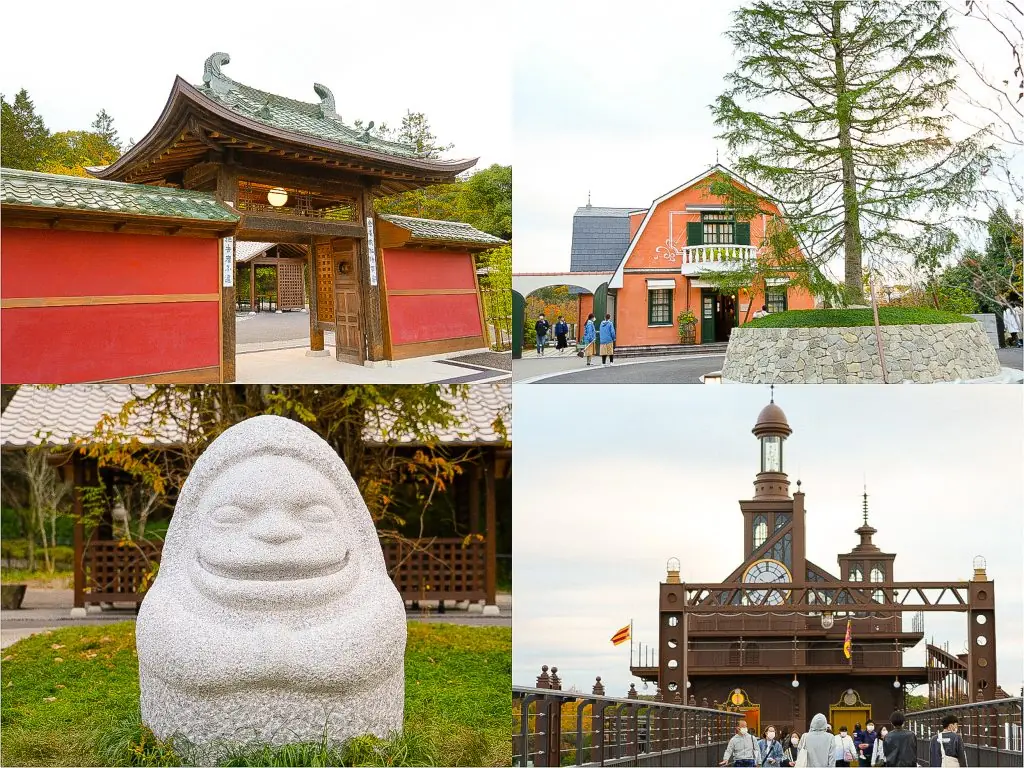
![[10 selections] Recommended for Girls' Trip from Nagoya! Special feature on Hotels and Inns](https://life-designs.jp/wp/wp-content/uploads/2022/11/FotoJet-1-1024x768.jpg)
![[20 Selections] Nagoya Souvenirs: Non-Sweet & Recommended Snacks Available at Nagoya Station](https://life-designs.jp/wp/wp-content/uploads/2025/07/image3-2-1024x683.jpg)
![[Within 2hrs by Car] 12 Outing Areas where You can Go on a Day Trip from Nagoya!](https://life-designs.jp/wp/wp-content/uploads/2023/07/odekake12_w1200h900_20240422-768x576.png)
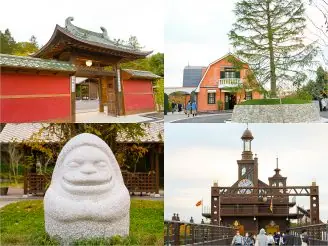
![[Aichi, Gifu, Mie] 30 Family-Friendly Spots to Go in Winter!](https://life-designs.jp/wp/wp-content/uploads/2019/12/image21-1-150x106.png)
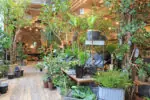
![[Nagoya, Aichi] Recommended Shops to Buy Tablewares around Nagoya](https://life-designs.jp/wp/wp-content/uploads/2019/11/image12-26-150x100.jpg)
